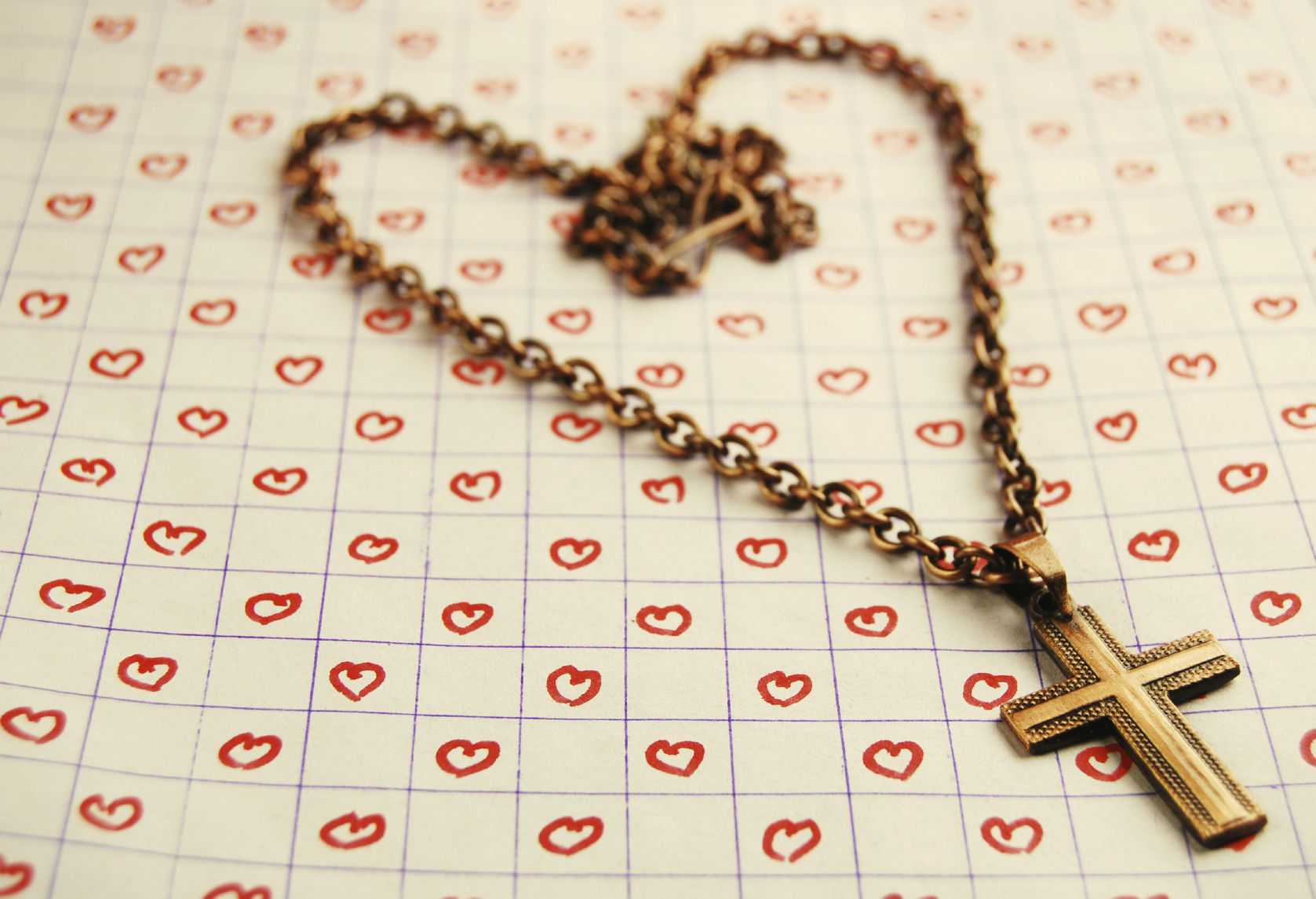In the year 2000, St. John Paul II established Divine Mercy Sunday, to be celebrated the Sunday following Easter. Even with nearly 2 decades of celebration, many of us still aren’t quite sure what this celebration is all about. Here is a quick primer:
- Divine Mercy Sunday is based on the revelations received by a Polish nun, Sr. Faustina Kowalska (now St. Faustina.) A devout nun, St. Faustina had very little formal education, but as Jesus revealed himself to her, He asked that she record His words. She dutifully kept journals. One revelation was:
My daughter, tell the whole world about My inconceivable mercy. I desire that the Feast of Mercy be a refuge and shelter for all souls, and especially for poor sinners. On that day the very depths of My tender mercy are open. I pour out a whole ocean of graces upon those souls who approach the fount of My mercy. The soul that will go to Confession and receive Holy Communion shall obtain complete forgiveness of sins and punishment. On that day all the divine floodgates through which graces flow are opened. Let no soul fear to draw near to Me, even though its sins be as scarlet. My mercy is so great that no mind, be it of man or of angel, will be able to fathom it throughout all eternity. Everything that exists has come forth from the very depths of My most tender mercy. Every soul in its relation to Me will contemplate My love and mercy throughout eternity. The Feast of Mercy emerged from My very depths of tenderness. It is My desire that it be solemnly celebrated on the first Sunday after Easter. Mankind will not have peace until it turns to the Fount of My Mercy.
- At St. Faustina’s canonization, St. John Paul said that she was meant to remind the world of the merciful love of God. He also said was called by Christ to spread devotion to the image of Divine Mercy (which was revealed to her), and she was meant to begin “the apostolic movement of the Divine Mercy which undertakes the task of proclaiming and entreating God’s mercy for the world and strives for Christian perfection.”
- Jesus told St. Faustina: “My Heart overflows with great mercy for souls, and especially for poor sinners…[I]t is for them that the Blood and Water flowed from My Heart as from a fount overflowing with mercy. For them I dwell in the tabernacle as King of Mercy.”
- The popular prayer, the Chaplet of Divine Mercy, is prayed on ordinary rosary beads. You can learn how here.
- The image of Jesus, known as Divine Mercy, was revealed to St. Faustina. He appeared with rays radiating from His Sacred Heart, and then told Sr. Faustina (who had no art training!) to paint this image, including the words, “Jesus, I trust in you.” He also promised that those who venerated the image would not perish. “By means of this image I shall grant many graces to souls. It is to be a reminder of the demands of My mercy, because even the strongest faith is of no avail without works.”
- Here in the U.S., there is a Divine Mercy Shrine in Stockbridge, MA, which is cared for by the Congregation of Marian Fathers of the Immaculate Conception of the Most Blessed Virgin Mary. Originally a Polish congregation, they are best known for spreading the message of Divine Mercy.
It is fitting that as we continue to joyfully celebrate the Easter season, we take time to remember the merciful love that Jesus has for each of us. This year, (if you haven’t already) make the Divine Mercy image a part of your home. It is a wonderful reminder that there is no end to the mercy Christ has for each of us.

